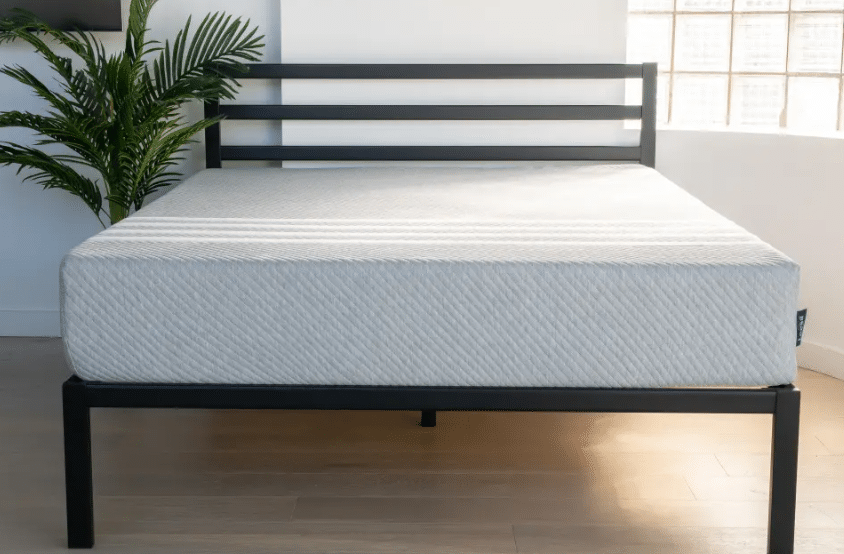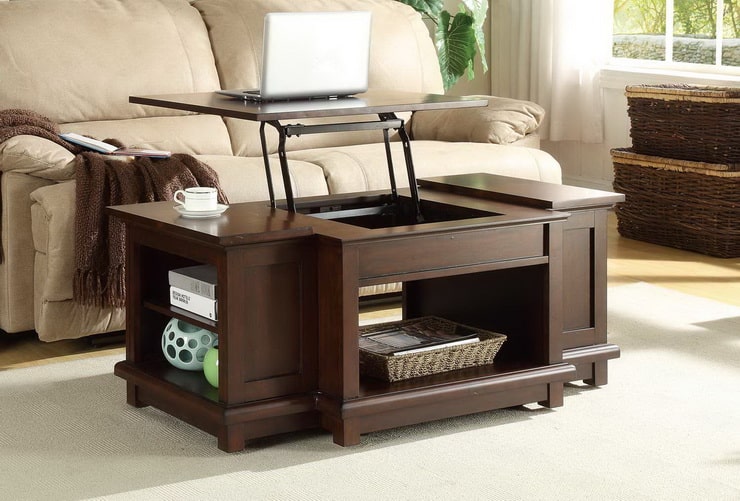Understanding Memory Foam Mattresses: What You Need to Know
When it comes to choosing a mattress, the options can be overwhelming. Among the many choices, memory foam mattresses have gained significant popularity for their unique benefits and comfort. These mattresses have revolutionized the way we think about sleep, offering a blend of support and cushioning that caters to various sleeping preferences.
In this article, we’ll delve into what makes memory foam mattresses stand out, their advantages and potential drawbacks, and key factors to consider when choosing one.
What Is Memory Foam?
Memory foam, also known as viscoelastic foam, was originally developed by NASA in the 1960s to improve the safety of aircraft cushions. It was later adapted for commercial use in mattresses due to its ability to conform to the body and relieve pressure points.
Memory foam is a type of polyurethane foam that includes additional chemicals to increase its viscosity and density.
When you lie on a memory foam mattress, the foam reacts to your body heat and weight by softening and molding to your shape. This allows for personalized support and pressure relief, which is particularly beneficial for people with back pain or joint issues.
Benefits of Memory Foam Mattresses
- Pressure Relief: One of the primary benefits of memory foam mattresses is their ability to alleviate pressure points. Unlike traditional innerspring mattresses, which can create pressure points that cause discomfort, memory foam evenly distributes body weight. This helps in reducing pressure on areas such as the shoulders, hips, and lower back, leading to a more comfortable and restful sleep.
- Motion Isolation: Memory foam excels in isolating motion, making it an excellent choice for couples. If one partner moves or gets out of bed, the memory foam absorbs the motion and minimizes disturbances. This feature is particularly useful for light sleepers or those who share their bed with a partner who has a different sleep schedule.
- Customizable Firmness: Memory foam mattresses come in various firmness levels, allowing you to choose one that best suits your needs. Whether you prefer a softer, more cushioned feel or a firmer surface for additional support, there’s likely a memory foam mattress that matches your preference.
- Durability: High-quality memory foam mattresses are known for their durability. They typically retain their shape and support for many years, making them a worthwhile investment. However, the lifespan of a memory foam mattress can vary based on factors such as density, construction, and overall usage.
Potential Drawbacks
- Heat Retention: One common criticism of memory foam mattresses is their tendency to retain heat. Because memory foam is dense and conforms closely to the body, it can trap heat and make the sleeping surface warmer. Many manufacturers now address this issue by incorporating cooling technologies, such as gel-infused foam or breathable covers, to help regulate temperature.
- Initial Odor: Memory foam mattresses often emit a temporary chemical odor when first unpacked. This is known as off-gassing and occurs as the foam releases volatile organic compounds (VOCs). While this smell is generally harmless and dissipates within a few days, it can be unpleasant for some individuals.
- Weight and Handling: Memory foam mattresses are generally heavier than traditional innerspring models, which can make them more challenging to move or adjust. If you frequently rearrange your bedroom or move residences, this is a factor to consider.
Choosing the Right Memory Foam Mattress
- Density: The density of memory foam affects both comfort and durability. Higher-density foam (usually 5 lbs/ft³ or more) provides better support and longevity but may be firmer and heavier. Lower-density foam is softer and more affordable but might not offer the same level of support or durability.
- Thickness: The thickness of the memory foam layer also impacts comfort. A mattress with a thicker memory foam layer will generally offer more cushioning and support. However, a thicker mattress may also be warmer and heavier.
- Firmness Level: Consider your preferred firmness level when choosing a memory foam mattress. Most manufacturers offer options ranging from soft to firm. Your choice will depend on your sleeping position and personal comfort preferences.
- Cooling Features: If you tend to sleep hot, look for memory foam mattresses with cooling features. Gel-infused foam, open-cell structures, and breathable covers can help dissipate heat and keep you comfortable throughout the night.
- Budget: Memory foam mattresses are available in a wide range of prices. While higher-priced models often offer better quality and features, there are also affordable options that provide good value. Determine your budget and balance cost with the features that are most important to you.
Conclusion
Memory foam mattresses offer a unique combination of support, pressure relief, and comfort that has made them a popular choice for many sleepers.
By understanding the benefits and potential drawbacks, as well as considering factors like density, thickness, and cooling features, you can make an informed decision when selecting a memory foam mattress.
Whether you’re seeking relief from pressure points, reduced motion transfer, or just a good night’s sleep, a memory foam mattress might be the perfect addition to your bedroom.







